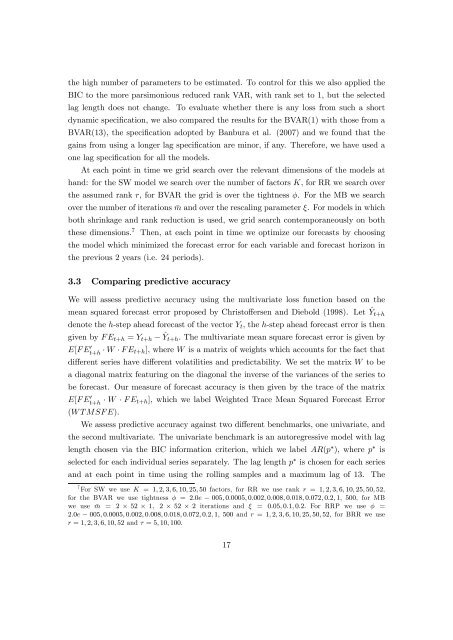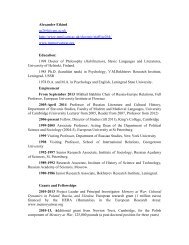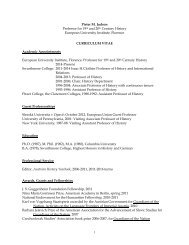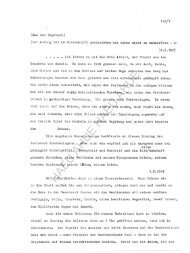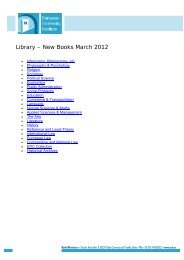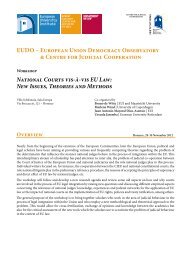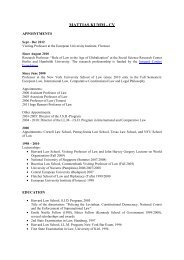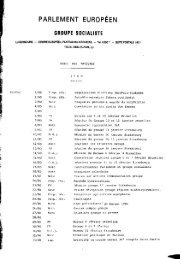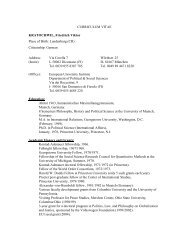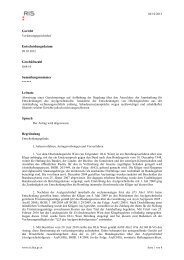Forecasting Large Datasets with Reduced Rank Multivariate Models
Forecasting Large Datasets with Reduced Rank Multivariate Models
Forecasting Large Datasets with Reduced Rank Multivariate Models
Create successful ePaper yourself
Turn your PDF publications into a flip-book with our unique Google optimized e-Paper software.
the high number of parameters to be estimated. To control for this we also applied the<br />
BIC to the more parsimonious reduced rank VAR, <strong>with</strong> rank set to 1, but the selected<br />
lag length does not change. To evaluate whether there is any loss from such a short<br />
dynamic speci…cation, we also compared the results for the BVAR(1) <strong>with</strong> those from a<br />
BVAR(13), the speci…cation adopted by Banbura et al. (2007) and we found that the<br />
gains from using a longer lag speci…cation are minor, if any. Therefore, we have used a<br />
one lag speci…cation for all the models.<br />
At each point in time we grid search over the relevant dimensions of the models at<br />
hand: for the SW model we search over the number of factors K, for RR we search over<br />
the assumed rank r, for BVAR the grid is over the tightness . For the MB we search<br />
over the number of iterations m and over the rescaling parameter . For models in which<br />
both shrinkage and rank reduction is used, we grid search contemporaneously on both<br />
these dimensions. 7 Then, at each point in time we optimize our forecasts by choosing<br />
the model which minimized the forecast error for each variable and forecast horizon in<br />
the previous 2 years (i.e. 24 periods).<br />
3.3 Comparing predictive accuracy<br />
We will assess predictive accuracy using the multivariate loss function based on the<br />
mean squared forecast error proposed by Christo¤ersen and Diebold (1998). Let ^ Yt+h<br />
denote the h-step ahead forecast of the vector Yt, the h-step ahead forecast error is then<br />
given by F Et+h = Yt+h<br />
^Yt+h. The multivariate mean square forecast error is given by<br />
E[F E 0 t+h W F Et+h]; where W is a matrix of weights which accounts for the fact that<br />
di¤erent series have di¤erent volatilities and predictability. We set the matrix W to be<br />
a diagonal matrix featuring on the diagonal the inverse of the variances of the series to<br />
be forecast. Our measure of forecast accuracy is then given by the trace of the matrix<br />
E[F E 0 t+h W F Et+h], which we label Weighted Trace Mean Squared Forecast Error<br />
(W T MSF E).<br />
We assess predictive accuracy against two di¤erent benchmarks, one univariate, and<br />
the second multivariate. The univariate benchmark is an autoregressive model <strong>with</strong> lag<br />
length chosen via the BIC information criterion, which we label AR(p ), where p is<br />
selected for each individual series separately. The lag length p is chosen for each series<br />
and at each point in time using the rolling samples and a maximum lag of 13. The<br />
7 For SW we use K = 1; 2; 3; 6; 10; 25; 50 factors, for RR we use rank r = 1; 2; 3; 6; 10; 25; 50; 52,<br />
for the BVAR we use tightness = 2:0e 005; 0:0005; 0:002; 0:008; 0:018; 0:072; 0:2; 1; 500, for MB<br />
we use m = 2 52 1; 2 52 2 iterations and = 0:05; 0:1; 0:2: For RRP we use =<br />
2:0e 005; 0:0005; 0:002; 0:008; 0:018; 0:072; 0:2; 1; 500 and r = 1; 2; 3; 6; 10; 25; 50; 52, for BRR we use<br />
r = 1; 2; 3; 6; 10; 52 and = 5; 10; 100:<br />
17


